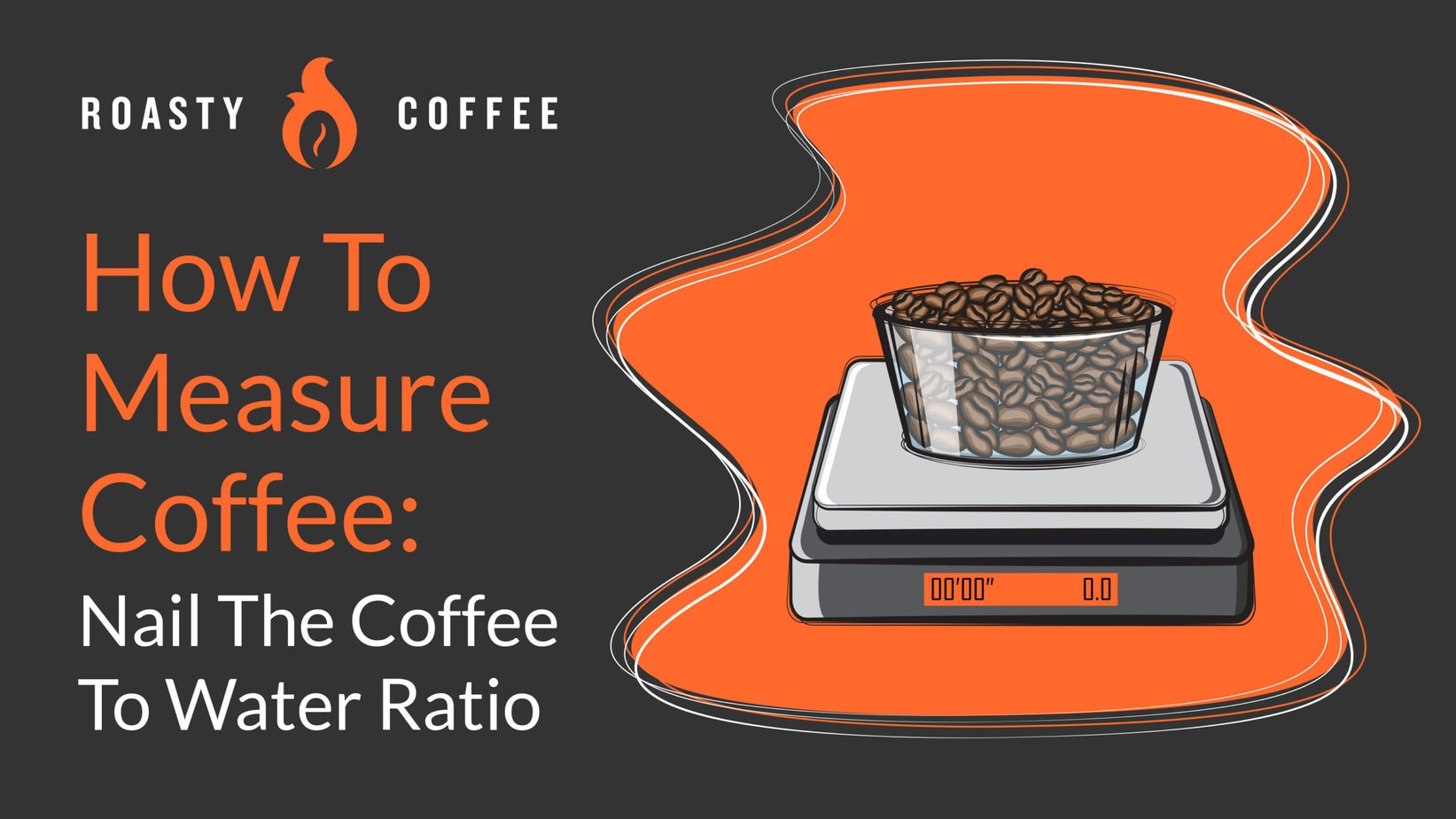
I tried 1 tsp in 50 ml and was impressed with the robust taste. Similar to the regular one, it is stronger than normal coffee due to the ratio of water to coffee.

They’ve probably arrived at that via a fair amount of testing, so it’s probably pretty good.
Instant coffee espresso ratio. You can, but it just won’t taste the same. Teaspoons nescafe instant coffee (or depending on taste as to how strong you like your coffee) 1 ⁄ 2. Of instant espresso powder in a cup, then add 6 to 8 oz.
There are some tricks of the trade to make the best coffee, every time. Making instant coffee is not as simple as putting a teaspoon of coffee granules in a cup and adding boiling water. Substitute espresso powder with instant coffee in a 1:2 ratio.
Making coffee using instant espresso will give you a more caffeinated coffee. 4 hours agohow to grind coffee beans for espresso. As for a cup of coffee.
They’ve probably arrived at that via a fair amount of testing, so it’s probably pretty good. To make a cup of coffee, add one teaspoon of café bustelo instant coffee to 6 ounces of hot water or milk. Finally, a ratio of between 1.3 and 1.4 is known as a lungo.
So, you will need to use more instant coffee to get a similar flavor in your recipes. Similar to the regular one, it is stronger than normal coffee due to the ratio of water to coffee. Stir the espresso powder and water thoroughly with a spoon until they are completely blended.
Using instant coffee for espresso 2 teaspoons, 30 ml/gram hot water or just sugar for a small shot of espresso, use this combination of instant coffee (or just sugar). Although instant espresso can be classified as instant coffee, it’s actually not the same at all. How do you make café bustelo instant espresso?
While this is accurate with the history and traditional definition of the espresso, the commonly served ristretto (a slightly less concentrated coffee shot) is made with a 1:1 ratio of water to coffee. That means if your recipe calls for one teaspoon of espresso powder use two teaspoons of instant coffee. Although the description said the coffee would be rich, i didn�t find it that flavorful.
For a small cup with a capacity of 240 ml/grams subtract 40 ml/grams (which is equal to a single shot plus 20 ml/grams). Its popularity increased during wwii and has expanded into more gourmet. Cook’s illustrated recommends a mix of strong black coffee and instant espresso powder, in the ratio of 2 1/2 cups coffee to 1 1/2 tablespoons of powder.
Here, the additional water dissolves elements from the coffee bean that other extraction methods would leave behind. Between the bitter 1:1 of a ristretto and the weaker 1:4 of a lungo. Fill the kettle with fresh tap water, each and every time.
For a large cup with a capacity of 475 mg/grams subtract 70 ml/grams (which is equal to a double shot plus 20 ml/grams). Espresso powder has a stronger flavor and contains more caffeine than instant coffee. If this doesn’t work, try adjusting the other factors individually until you.
If a recipe calls for espresso powder, substitute about 50 percent more instant coffee. Espresso powder is usually less bitter than instant coffee, so a smaller quantity of instant coffee can be used in place of a larger quantity of espresso. A ratio of between 1:2 and 1:3 is known as a normale, or just espresso.
Cup water, plus a few drops for premixing. I originally made a cup with the directed coffee. A shot of espresso (1 ounce) typically has 64.
Be wary, though—adding too much instant coffee, which usually has a greater acidity, may result in a slightly sour or metallic aftertaste. 2:1 water to espresso coffee ratio. Water temperature is one of the crucial factors for a.
While the making of instant coffee and instant espresso is rather similar, instant espresso is made with a darker bean. Aim for the brew time to be between 25 and 35 seconds. Espresso coffee to water ratio — 1:2 1:2 is the most common ratio for espresso used in cafés today.
As a result, it’s less strong but more bitter than an espresso. If it is not strong enough for your liking, add more espresso powder and taste it again. It is important to note that the caffeine content in your drink can vary depending on how much instant coffee or espresso powder used, the size of the cup, and brand of coffee.
Can you pull an espresso shot twice? The first time we use coffee grounds, we carefully extract the oils, aromas and complex flavors. Sometimes it’s possible to replace espresso powder with instant coffee instead, but not at a 1:1 ratio.
Early iterations of the dissolvable drink date back to 18th century britain, but the idea really took off around 1910 when instant coffee was first sold commercially; The ratio used most often is 1:2. A typical coffee to water ratio for making espresso is 1:2, which makes a standard, but extremely concentrated espresso.
Espresso with instant coffee 1 teaspoon instant coffee 1/2 cup boiling water sugar (optional) milk (optional) Of hot or cold water. I tried 1 tsp in 50 ml and was impressed with the robust taste.